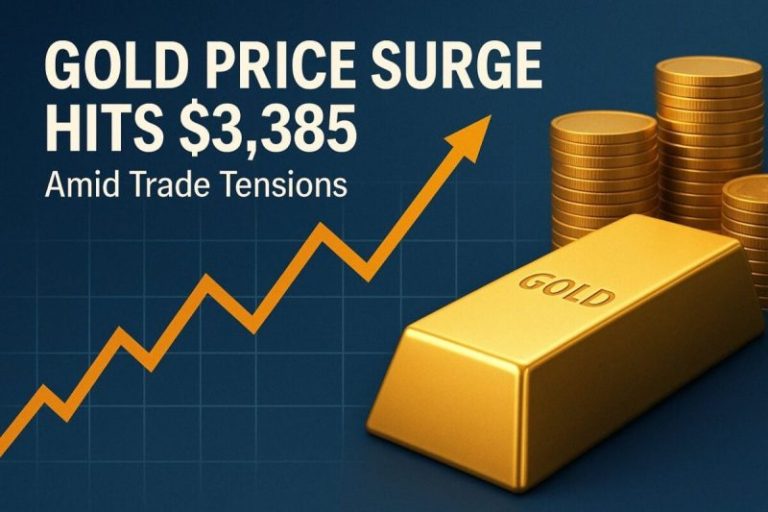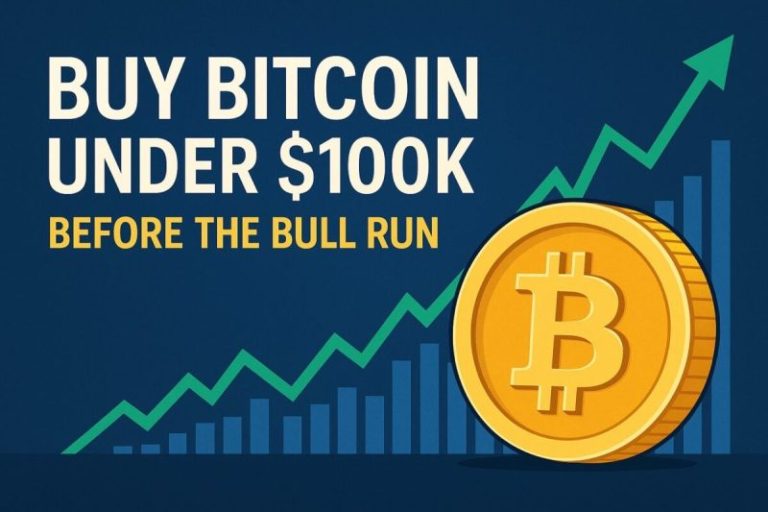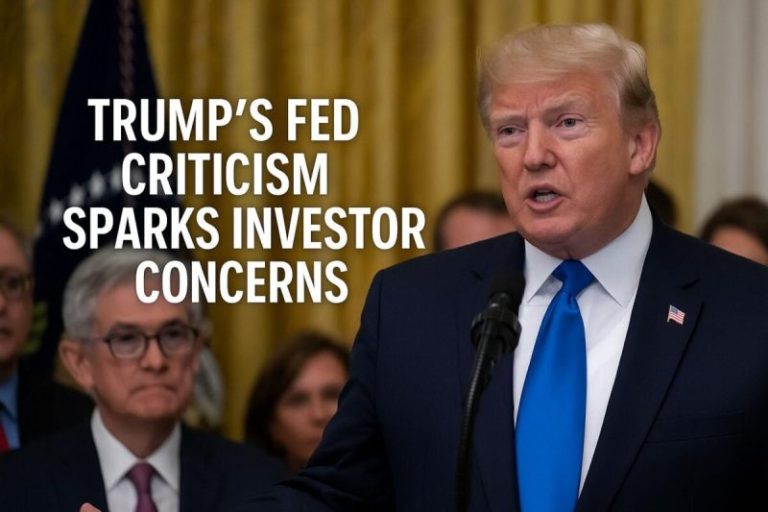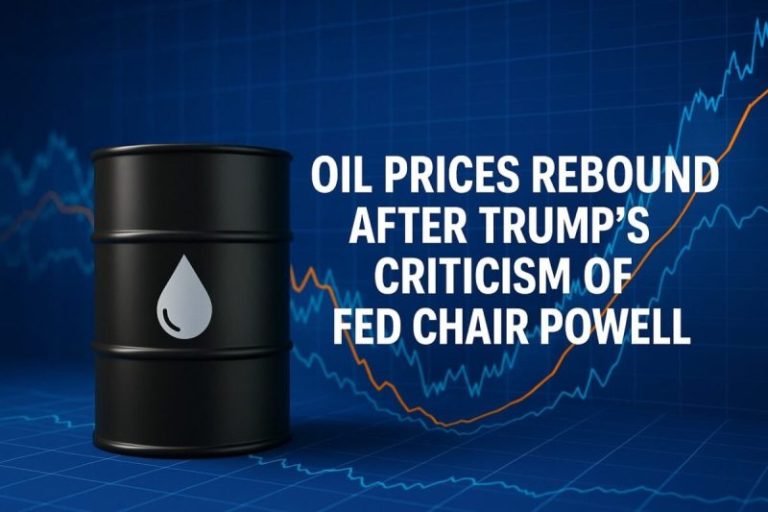China is solidifying its position as the primary engine for global platinum demand
Record participation in Shanghai Platinum Week underscores the country’s expanding influence in a market facing a deepening supply deficit. The event, which attracted over 590 delegates from 30 countries, took place at a critical moment — just as the platinum market is tightening and a supply shortfall is deepening through 2029.
The World Platinum Investment Council (WPIC) notes that China now accounts for 64 percent of global demand for platinum bars and coins — up from 11 percent in 2019 — driven largely by investors seeking alternatives to gold.
“Platinum demand in China is continuing to expand, as the growth in physical platinum investment we are currently witnessing demonstrates,” said WPIC CEO Trevor Raymond, who also warned of persistent market tightness to 2029.
Also during the event, Valterra Platinum (JSE:VAL) CEO Craig Miller delivered his first public address in Asia since the company’s high-profile demerger from Anglo American (LSE:AAL,OTCQX:AAUKF) in May.
Miller confirmed Shanghai as one of Valterra’s three new international marketing hubs, emphasizing the company’s intent to shape demand within China’s growing platinum-group metals (PGMs) ecosystem.
“Attending Shanghai Platinum Week has highlighted its value for connecting with the PGM market in China,” he said. “Shaping demand for PGMs through market development remains an integral part of our strategy.”
Although new tariffs are expected to dent platinum demand by an estimated 112,000 ounces in 2025, that 1.4 percent decline is being far outweighed by a boom in investment and jewelry consumption.
The Chinese jewelry sector, too, is undergoing a transformation. Wholesalers are commissioning stock that mimics popular gold designs, making platinum jewelry more accessible and appealing to retailers and consumers alike.
If this trend continues, the WPIC forecasts a sharp rise in jewelry-related platinum usage from 2026 onward.
Platinum market fundamentals also remain tight, with supply expected to lag behind growing demand through at least 2029. Several Chinese refiners have recently secured “good delivery” accreditation from the London Platinum and Palladium Market, bolstering investor confidence and strengthening the local trading ecosystem.
Beyond investment and jewelry, regulatory and industrial shifts are setting the stage for long-term structural demand. China’s upcoming China VII/7 vehicle emissions standards, due to take effect in 2026, are expected to significantly increase PGMs loadings per vehicle due to more stringent cold start and real-world emissions testing.
Meanwhile, a global phaseout of mercury-based catalysts in polyvinyl chloride manufacturing is likely to drive adoption of platinum-based alternatives by 2030. In the hydrogen economy — a sector widely seen as platinum’s next frontier — the outlook remains bullish. Installed global electrolysis capacity is forecast to reach 100 gigawatts by 2030, with platinum-intensive proton exchange membrane (PEM) technology expected to dominate nearly half the market.
“This year we were delighted to welcome more overseas interest than ever before,” said Raymond. “Platinum investment is a natural mechanism for attracting metal into any geography, providing a pool of liquidity to supply future demand — particularly vital for countries like China, which rely on imports and recycling for supply.”
The week also celebrated Shanghai Platinum Week’s fifth anniversary with the unveiling of a commemorative 999.5 platinum medal designed by master engraver Luo Yonghui, limited to just 200 pieces.
Securities Disclosure: I, Giann Liguid, hold no direct investment interest in any company mentioned in this article.










